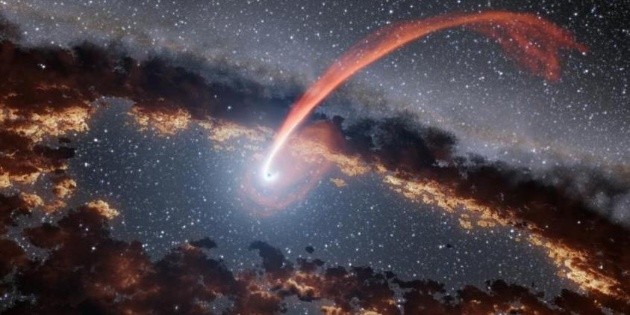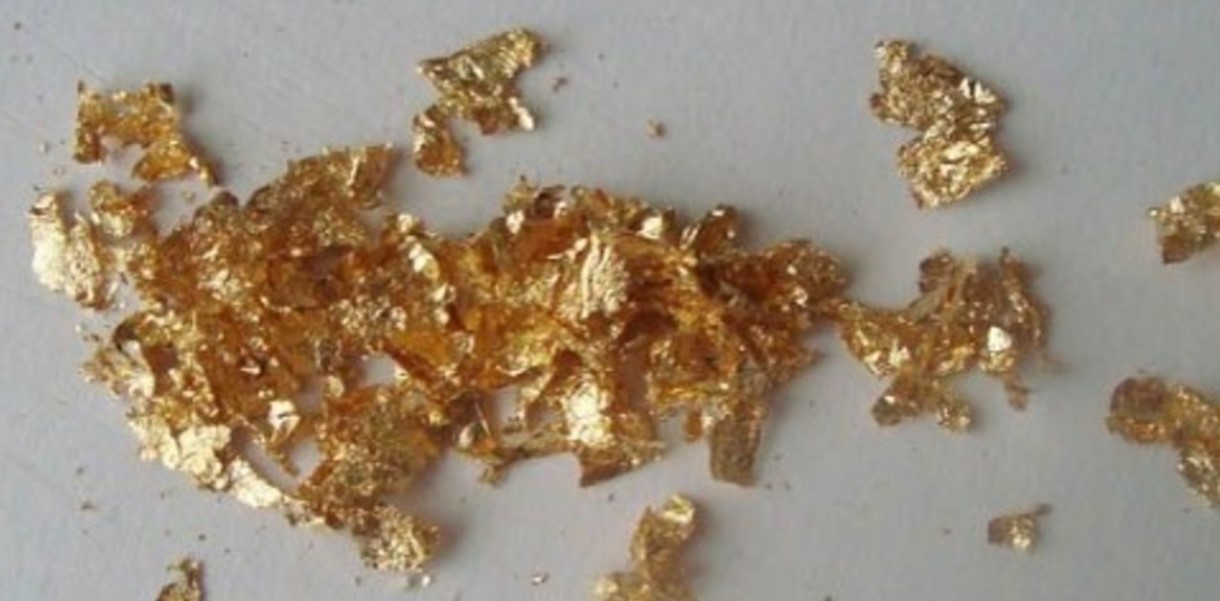According to researchers at the University of Arizona in the United States, what is common to young children and blackheads is that they both eat irregularly and there is ample evidence of food traces.
But one can skip pasta or yogurt scattering, while the other creates a continuum of mind-boggling proportions. When a black hole swallows a star, it creates what astronomers call the “wave disturbance phenomenon.” Along with the explosion of the star’s destructive radiation, the black hole’s host will shed light from every star in the galaxy for months and even years.
In an article published in The Astrophysical Journal, a team of astronomers led by Sixiang Wen, a postgraduate research partner at the University of Arizona’s Stewart Laboratory, made the first measurements using X – rays emitted by a wave disorder called J2150. Both the mass and rotation of the black hole.
This hole is of a certain type, the intermediate mass, which has long been neglected.
“The fact that we were able to catch this black hole when it swallowed a star provides an extraordinary opportunity to observe the invisible,” said Ann Sablutoff, professor of astronomy and associate professor at the University of Arizona. Paper. “By analyzing the expansion, we were able to better understand this elusive type of majority black holes found in the centers of galaxies.”
According to data released by the university, dozens of tidal waves have been observed at the centers of large galaxies with miraculous black holes, as well as at the centers of smaller galaxies with few holes. However, previous data have never been described to show that a single wave disorder is driven by an intermediate black hole.
“Thanks to modern astronomical observations, we know that the centers of all galaxies similar or larger than our Milky Way are home to central supermassive black holes,” said Nicholas Stone, co-author of the study. Hebrew University Jerusalem. “These giants are 1 million to 10 billion times larger than our Sun, and when more galaxies fall near them they become powerful sources of electromagnetic radiation.”
The mass of these black holes is closely related to the total mass of their host galaxies; The largest belongs to the largest black holes.
“We know very little about the presence of black holes in the centers of galaxies smaller than the Milky Way,” said Peter Jங்கnger, co-author of the SRON space research institute at the University of Rodbout in the Netherlands. “Due to the limitations of observation, finding central black holes smaller than 1 million solar masses is a challenge.”
According to Jonker, although they are conceivably abundant, the origin of supermassive black holes is unknown, and various theories are currently competing to explain them. Intermediate mass black holes may be the seeds from which they grow.
“So if we better deal with how many reliable intermediate black holes there are, it will help determine which theories about miracle black hole formation are correct,” he said.
Its relationship with dark matter
According to Zabludoff, the measurement of the rotation of the J2150 contains clues to how the black holes that the team was able to obtain grow and particle physics.
This black hole has a fast rotation, but not the fastest possible vortex, which raises the question of how the black hole in this range ends with one rotation.
“The black hole formed that way and may not have changed much since then, or two intermediate-mass black holes may have merged recently to form it,” he said. “We know the magnitude of the rotation by the intake of gas except for the long-growing scenes of the black hole, or by the many fast gas bubbles coming from random directions.”
Furthermore, measuring rotation allows astronomers to test hypotheses about the nature of dark matter, which is believed to form most objects in the universe and may contain previously unknown elementary particles that have not been found in laboratory experiments. Candidates have imaginary particles called ultralight boson, the stone explained.
“If those particles are present and have masses within a certain range, they will prevent an intermediate mass black hole from spinning faster,” he said. “However, something in the J2150 is spinning fast. Therefore, our measurement rejects the broader ultralight boson theory, which shows instrument holes for particle physics as extraterrestrial laboratories.”





